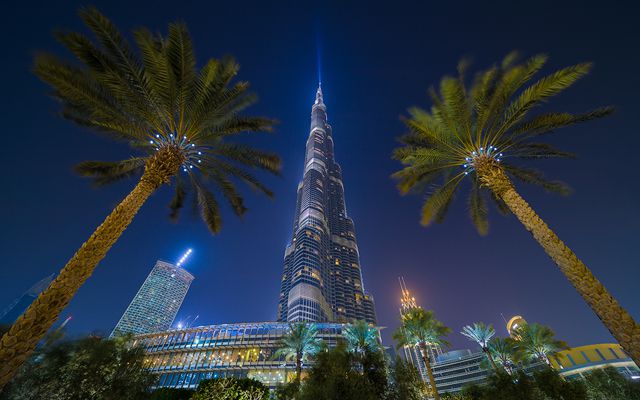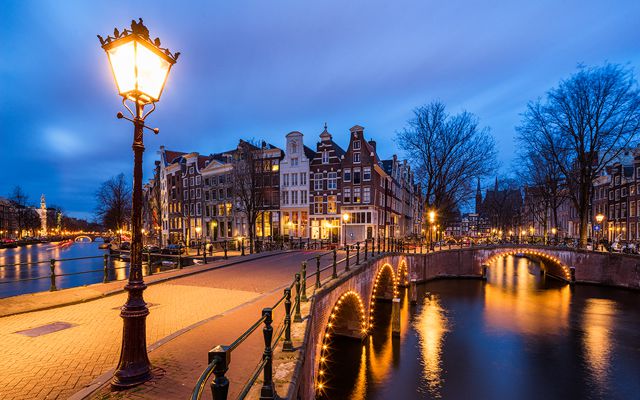This will be a little rant, as I’m quite fed up with some people and few things need to be said. I think most of the photographers can relate to this.
As every photographer I get quite a lot of requests for photo usage from companies. As you know, all my photos are shared under the Creative commons licence, so that all who don’t profit from them can use them for free. But if a company uses them commercially, then they should buy it, as they use it to try to get more clients for themselves.
Of course the reality is different. A lot of companies contact me, and other photographers to ask if they can use the photos for free. Of course when you reply that for commercial use they have to buy the rights, usually they don’t respond to that at all, say that they will find someone else who would work for free, throw the non-profit organization in your face or promise you exposure. But let’s take a look at this.
1. Why don’t you work for free? – Let’s translate this into what it is. Work for free equals “I think your work is worthless, and so you should give it away. I don’t care how much time and money you spent to learn your skill, to buy your equipment, to get to the location. I don’t care how many nights you didn’t sleep to get up early to get your photo. I don’t care how many times you spent hours in the freezing cold to get a nice shot. I just don’t care. I’m paid for browsing the internet and writing insulting e-mails, so why should I care?”
2. We don’t even ask how much a photo cost – They just expect it to be free. What if my prices are reasonable, and they can afford it without problems? They don’t care, it’s free or nothing.
3. We can find someone who will give it for free – This is a sad truth. With the internet, they can search and search and sooner or later they will find someone who will give them the photo for free. Usually photographers who just started recently, don’t value their work so much, so they give it for free. But other photographers should teach them, and they should learn never to do that.
4. We are a non-profit organisation – Yes, they love this excuse. But do they know what that means, or should a photographer explain that to them? For those of you who don’t know, a non-profit organisation is a normal organisation, it just doesn’t generate any profit. They just spend the money. They have budgets, the people working there get paid and so on. In many countries their budget even has to be public, so you can check it out on their webpage. So what they say with saying that they are non-profit is “Everyone working here gets paid, but you are a stupid photographer and you should work for free. We really really think your work is worthless”.
5. You get free exposure – Another excuse companies love. But you know what, exposure does not pay bills. You just can’t live from it. And think about it. How many people have to see your photo for you to make a sale? 100? 1000? 10 000? It’s sometimes even more. You know there is a saying (I think it’s more fitting in Slovak, but the translation is also ok) “A bird in the hand is worth two in the bush” and it fits perfectly here. And you know what? If they pay me, I can buy all the exposure I want. You can buy promos on Facebook, Google and many more. But I decide if I want that, not them.
6. It cost’s you nothing, you just have to press the shutter – This one is as insulting as it gets. By this logic, a driver should work for free, as he just turns a wheel, an accountant should work for free, as he just fills out forms, a hairdresser should work for free as he just has to cut with scissors and so on and on. By this logic, everyone should work for free, no? But lets take a look at my costs. First of all, it costs my time. It’s not just the second I take the photo, but I have to prepare for the shot, get to the location, take the shot, get home, upload the photos and edit the photo. It can take up to hours for a single photo. I also had to buy the camera, lens, tripod, memory card, computer to edit on and countless software tools. And still I haven’t put a price on my skills that took me years to learn and I spent a lot of money to learn. And that’s of course the cheapest scenario. If I take photos in other than my city, I have to pay for the travel there, pay for the hotel, and so on and on and on. Compared to these expenses, a price for one photo is usually nothing.
7. There is no budget for the photos – Interesting. So you have a budget for everything else, just not for what you need? Again a popular excuse that means nothing, or in the most, the company does not know how to create budget’s. Just think about it. They made a budget for their website (magazine, booklet, flyer… whatever) and they forgot to include a budget for the PHOTOS? I also made a budget and I forgot to include my new car, please send me a free one :)
Let’s take an example here. Let’s say a company wants to make a booklet to promote their work. So they ask you for photos, and they ask you to give them for free just for the exposure. So what does that really mean?
- the person contacting the photographer gets paid, as she/he is doing her/his work
- the person creating the text for the booklet gets paid, as she/he usually works for the company
- the person creating the booklet in Photoshop gets paid
- the company that prints the booklet gets paid
- the company that distributes the booklet gets paid
Just the photographer, whose photos are the main part of the booklet, should work for free? They don’t expect any of the other people to work for free. They should try making the booklet without the photos, let’s see if it’s usable then. It really feels like an insult to me, and my work.
So that brings me to the original question. Is my work worthless? People like those think it is, but I have to disagree. You know, I gave away few photos, when I was a stupid beginner and I didn’t know better. But I learned, and so should every photographer. If you think about it, by giving photos for free, you not only show these people that your work is worthless. You also make it harder and take away work from professional photographers, who are depended on the income from their work.
There is one kind of organisation I don’t mind giving my photos for free. And that is a charity. But again, if everyone working for the charity gets paid for their work, it’s not a charity, its a normal commercial organisation, and either everyone should get paid, or no one.
It’s nice to see that there are still companies who understand how much work a photo is and it’s a pleasure to work with those. Too bad that the trend is going towards the bad ones.
If I can suggest anything to every photographer, don’t give your photos for free. Even if you think you are just an amateur. If they make money from your photos, so should you. You are not a charity, and the companies don’t need a handout. If you want to help people who really need your help, there are many other ways to do it.
Feel free to share this further and let me know your thoughts.
















